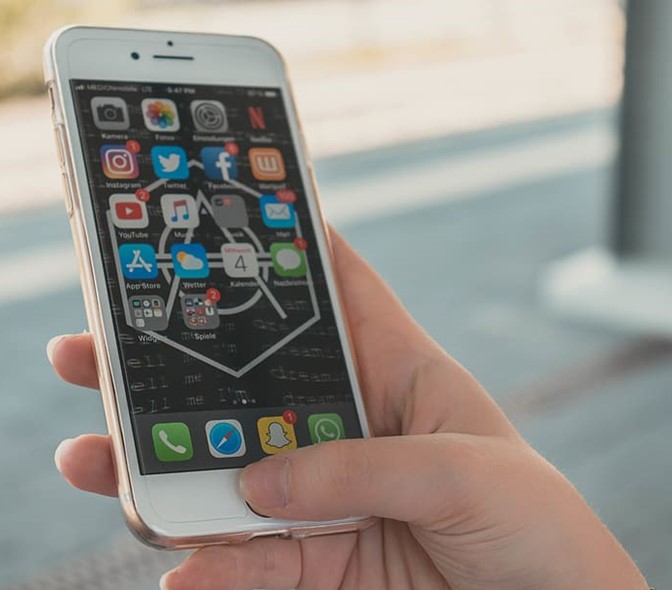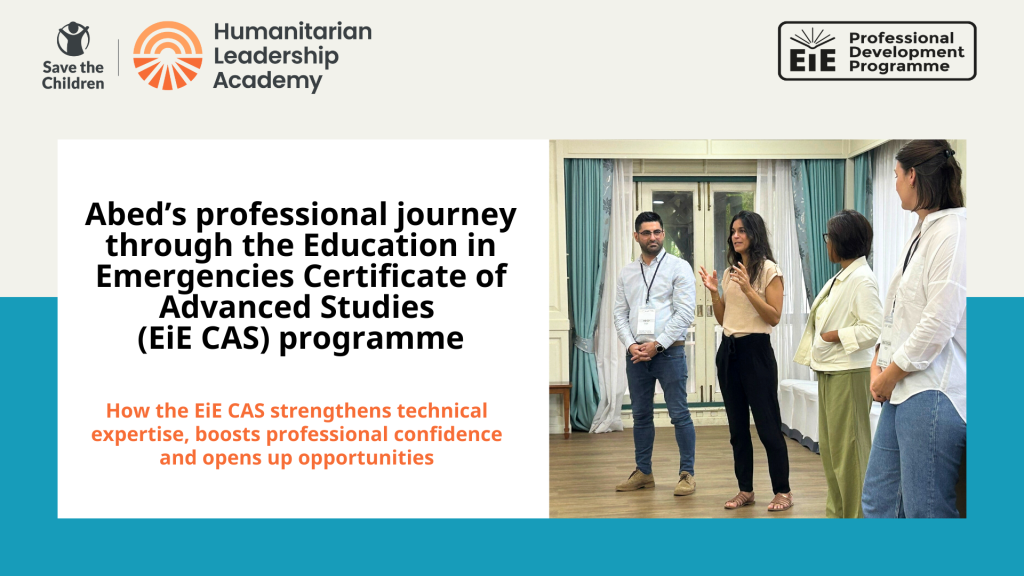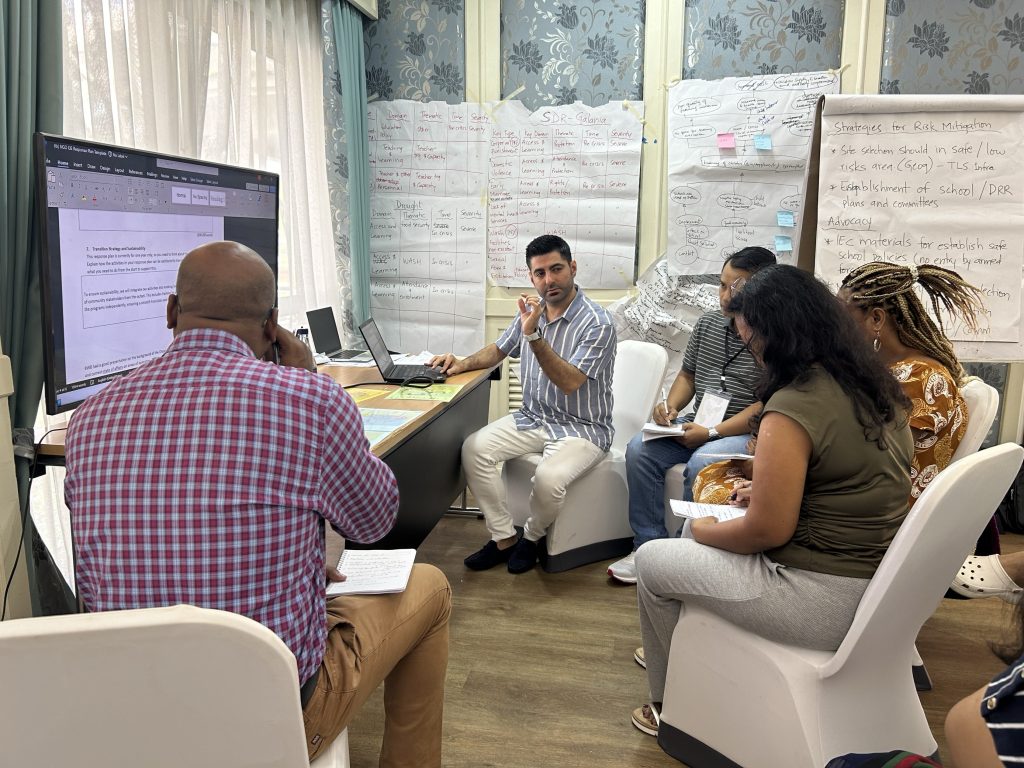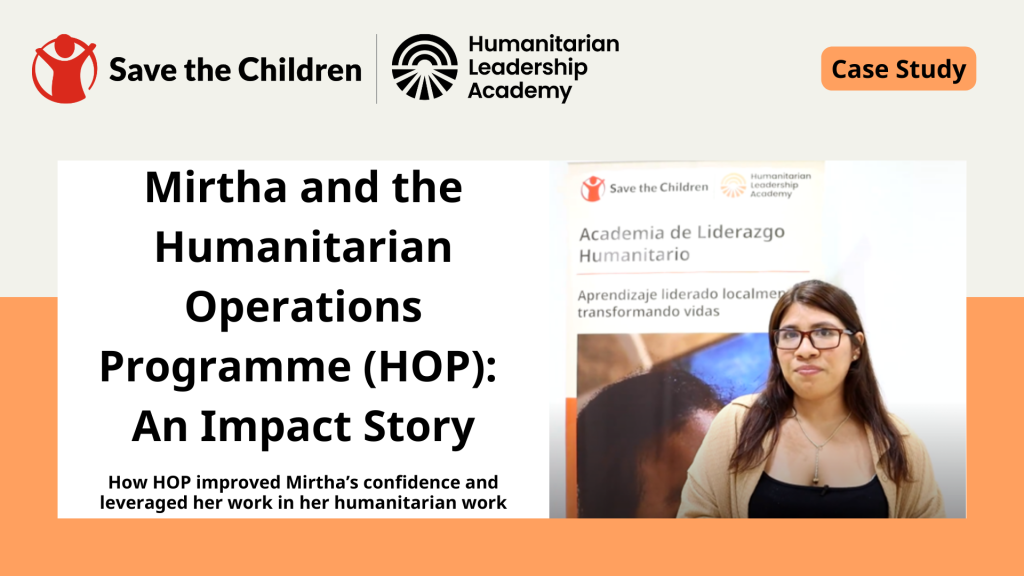
Our easy-to-read guides will show you how you can start to solve real-world problems, as well as start to honestly discuss what barriers exist to innovation and potential solutions. They are aimed at anyone with an interest in digital learning innovations, capacity strengthening and leadership as well as future leaders and potential donors to help us test and scale innovations.
About this case study
This case study explores how no-code technology, specifically the Adalo platform, can be harnessed to transform static training content into an interactive, user-friendly app. The project focused on repackaging Save the Children’s extensive WeThrive materials into a lightweight, filterable web application. By leveraging no-code tools and AI-powered PDF splitting, we created a working prototype that allows users to browse and download specific lesson content, even in low-connectivity settings.
Is this case study for me?
This case study is aimed at those humanitarians looking to explore, experiment or roll out no-code app technology, as well as potential partners interested in helping us test and scale this innovation. If you’re interested in exploring the promise of no-code development for agile, scalable digital solutions in the humanitarian space, this is the case study for you.
You may also be interested in our case study on QR codes and Augmented Reality for capacity strengthening initiatives for health providers treating children with paediatric blast injuries
Contact
This case study was published in May 2025 by the Humanitarian Leadership Academy’s Digital Learning Lab.
For more information, please email digitallearning@savethechildren.org.uk




